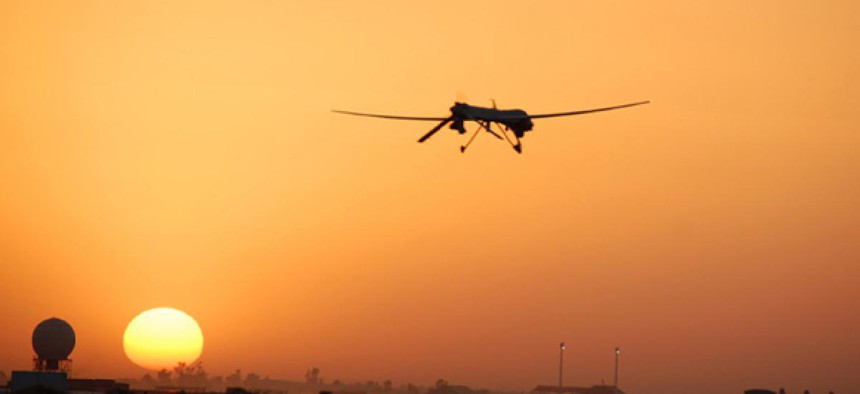American drones will not save Yemen

Air Force
An attempted terrorist attack this week has been bookended by U.S. drone strikes in Yemen. Do we know they're effective?
The first half of May has seen significant levels of violence in Yemen. On May 3, a drone strike killed 13 suspected militants in southern Yemen. On May 6, a drone strike killed Fahd al-Quso, one of the al-Qaeda operatives behind the 2000 bombing of the USS Cole. On May 10, another drone strike killed 8 more suspected militants.
In the middle of all that, on May 8, the AP announced a blockbuster story: American intelligence agents had broken up a sophisticated bomb plot in Yemen. It seemed like the month of May has been a bonanza for counterterrorism efforts in the Arabian Peninsula. But there's another side to all this, and the drone-led war there has its costs as well.
At the end of 2009, Yemeni officials estimated there were about 300 al-Qaeda in the Arabian Peninsula (AQAP) fighters in the entire country. This was right after Umar Farouk Abdulmutallab, at the behest of AQAP, tried to detonate an explosive he wore inside his underwear on a flight to Detroit. Calling the attack a "grave threat," President Obama vowed to intensify the fight against terrorists worldwide.
Obama followed through on his promise. He had already dramatically increased the pace of operations in Yemen, using the famed JSOC units to coordinate a series of deadly strikes against AQAP (part of a global, Obama-overseen expansion in drone strikes). Those operations continued throughout the next year. The war in Yemen had come into full force.
Read the full story at The Atlantic.
NEXT STORY: Congressman defends call to dismantle GSA


